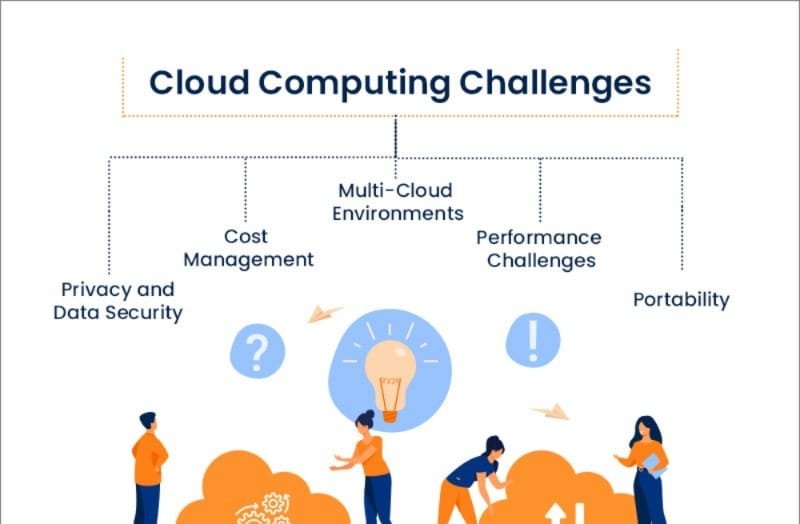What Is Data Collection? Techniques, Tools, and Types

Data collection is the process of compiling precise data from numerous sources and evaluating it to identify trends, possibilities, and solutions to research problems, as well as to assess potential consequences. Scroll down to learn more.
Data is information in digitised form, at least according to the IT definition of data. Knowledge is power. Information is knowledge. Data is therefore power. You must first acquire the data before you can use it to develop a winning strategy for your company or organisation. Your first step is to do that.
So, we highlight data collecting to aid you in starting the process. What is it exactly? It involves more than just using Google, believe it or not! What different kinds of data collection are there, too? What types of data collection tools and methods are there, too?
You’ve come to the right place if you want to learn more about the data collection process.
A Definition of Data Collection
It’s crucial to first establish what data is before defining data collecting. The short answer is that data is a variety of types of information formatted in a specific way. As a result, data collecting is the act of gathering, gauging, and analysing precise data from a range of pertinent sources in order to address issues, provide answers, assess results, and predict trends and possibilities.
Data collection is crucial because of how heavily dependent our society is on it. To assure quality assurance, keep research integrity, and make educated business decisions, accurate data collecting is required.
The researchers must specify the data sources, data types, and methodologies used during data gathering. We’ll quickly find that there are numerous approaches of gathering data. Data collecting is heavily utilised in the domains of study, business, and government.
An analyst must initially provide three answers before they start gathering data:
- What is the aim or reason behind this study?
- What types of data are they going to collect?
- What techniques and policies will be applied to gather, store, and process the data?
Data can also be divided into qualitative and quantitative categories. Descriptions like colour, size, quality, and appearance are all included in qualitative data. Unsurprisingly, quantitative data involves numbers. Examples include statistics, poll results, percentages, etc.
Why Is Data Collection Necessary?
The most pertinent information must be available before a judge rules in a court case or a general formulates a strategy. Making judgments based on facts and data results in the best courses of action.
As we’ll see later, the idea of data collection is nothing new, but times have changed. Today, there is a lot more data available in formats that were unheard of a century ago. The process of gathering data has had to evolve and develop to stay up with modern technology.
You need data collection to aid in your decision-making, whether you’re in the academic world trying to conduct research or part of the business world considering how to market a new product.
What Are the Different Methods of Data Collection?
Let’s look at the various data collection techniques now that you are aware of what data collection is. Although the term “data gathering” may sound quite high-tech and digital, this doesn’t mean that big data, the internet, and computers are always involved. A telephone poll, a mail-in comment card, or simply a man with a clipboard asking bystanders some questions could be considered data collecting. But let’s see if we can sort the different data collection methods into a semblance of organized categories.





